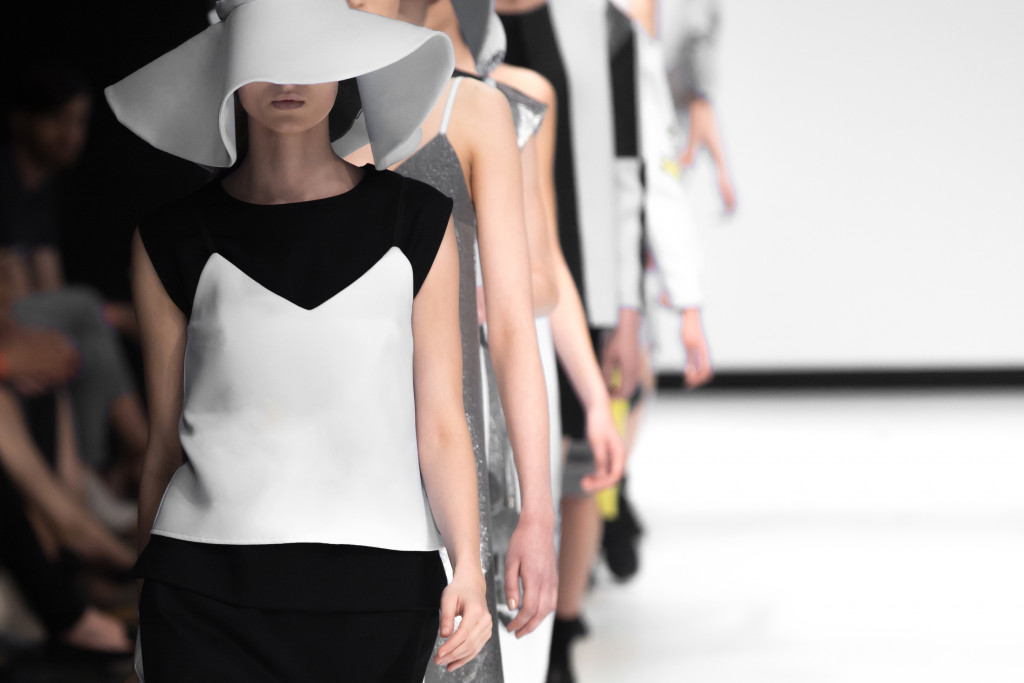The fashion industry has changed dramatically in the past few months due to the pandemic. The COVID-19 outbreak has forced many fashion designers and brands to close their stores and cancel their fashion shows.
More than 11,000 fashion shop closures are reported in mid-December 2020. This is significant since many consumers decrease their spending during a pandemic. Many businesses must reduce their staff sizes or hours of operation to continue operating.
The fashion business is heavily influenced by the pandemic, and it’s critical to keep up with the newest trends and technologies.
Adapting to New Technologies
It’s no secret that the fashion industry is constantly changing. Styles come and go as trends grow less popular, and new designers always appear on the scene. But what’s less well-known is how new technologies are reshaping the fashion industry from behind the scenes.
Some of the newest technologies that people are enjoying include:
1) Online Shopping: Many businesses are shifting to digital platforms. This allows customers to buy clothes and accessories without leaving their homes.
2) 3D Printing: This technology allows people to print clothes and accessories using different materials. This means people can create unique and one-of-a-kind items without using traditional manufacturing methods.
3) Virtual Reality and Artificial Intelligence: It allows people to experience clothes and accessories in a virtual setting. This can help people decide if they want to buy an item or not. Artificial intelligence can help businesses better understand their customers. By analyzing customer data, companies can create more personalized experiences for them.
Change in the Fashion Industry
The fashion industry is constantly evolving, and new trends are always emerging. With the pandemic sweeping the globe, it’s essential to know how the industry is changing. Here are a few of the most significant changes:
The Rise of Digital Fashion Magazines
In recent years, there has been a shift towards digital media. This means that more and more people are reading fashion magazines online. This trend is only likely to continue in the wake of the pandemic, as people increasingly turn to the internet for news and entertainment.
One of the top services that fashion companies need to ensure for their digital magazine is professional product photography service. Companies may benefit significantly from this service because it allows them to highlight their fashion items in the best light possible, which can dramatically impact the magazine’s appearance. Companies may use professional photographers to ensure their products look good in digital publications.
The Rise of Athleisure
Athleisure is a trend that combines sportswear’s comfort with traditional clothing’s style. This trend has been rising in recent years and shows no signs of slowing down. Many individuals are adopting athleisure as a comfy and fashionable option for daily wear in the aftermath of the epidemic.

The Rise of Sustainable Fashion
As people become more aware of the fashion industry’s impact on the environment, there is a growing demand for sustainable fashion. This means more brands are beginning to use environmentally-friendly materials and production methods. Sustainable fashion is often more expensive than traditional fashion. Still, the growing demand shows that people are willing to pay more for better clothing for the environment.
The Rise of Streetwear
Streetwear is a type of fashion that is inspired by the styles worn by skateboarders, hip-hop artists, and other subcultures. This style is becoming more mainstream, and it is being adopted by some of the most popular fashion brands in the world.
Some examples of streetwear fashion include:
- Oversized T-shirts and sweaters
- Baggy jeans and pants
- Bomber jackets
- Hoodies
- Sneakers
The Rise of Plus-size Fashion
In recent years, there has been a growing demand for plus-size fashion. This means that more brands are beginning to offer clothing in larger sizes. Plus-size fashion is often more expensive than traditional fashion. Still, the growing demand shows that people are willing to pay more for clothing that is better for their bodies.
The Future of the Fashion Industry
No one knows the future of the fashion industry after the pandemic. Will shoppers be eager to return to malls and department stores? Or will they stick with online shopping? Will luxury brands bounce back? Or will fast fashion continue to dominate? Only time will tell.
However, we can predict a few things about the post-pandemic fashion landscape. First, sustainability will become even more important to consumers. With so much uncertainty in the world, people will want to invest in clothes that will last. Second, comfort will also be the key. After months of working from home in sweatpants, people will likely want stylish and comfortable clothing.
And finally, personalization will be big. With so many people shopping online, retailers must find ways to stand out from the competition. That could mean offering more customization options or made-to-order items.
Whatever the future holds, one thing is sure: the pandemic has forever changed the fashion industry.
